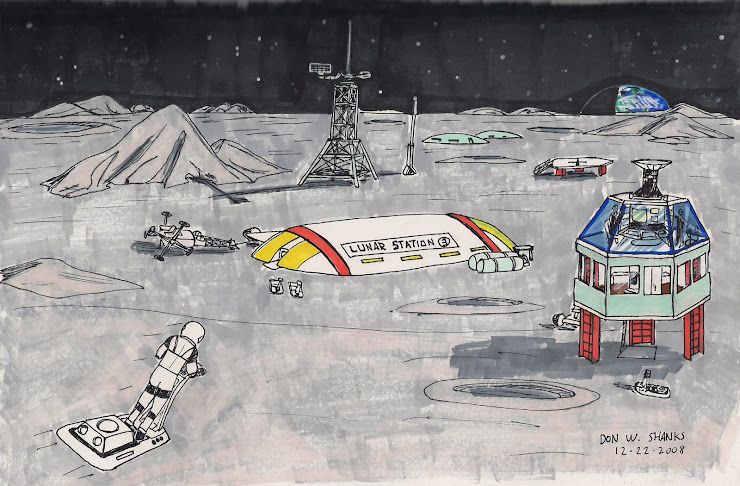


Recently, I was thinking about John Wayne's Republic Picture movie The Flying Tigers and that mystery bomber that was shown at the end of the picture that was used to bomb that bridge.
The other thing I was thinking about was the fake P-40s used in the film for the taxi shots. Wikipedia had that answer here: Movie models were used to portray the Curtiss P-40 aircraft the Tigers actually flew, although they were only mock-ups which did no more than taxi. The covers protruding over the cylinder heads of the V-8 automobile engines that propelled the mock-ups are noticeable. I might add, that those covers were not the only things that showed these were fake airplanes. The slab used for the horizontal stabilizers had no actual elevators on them, no visible flaps or ailerons on the wings. I until Ted Turner colorized that movie, I never realized that fact until the first time I saw this film in color.
Why was I thinking about that old picture? Because Nitroplanes.com has this Ready To Fly electric P-40 that I want to get. Fifty-Five inch wingspan, all radio gear installed, rotating retracts, and a 6 channel 2.4 Ghz radio all for the fly away price of $239.00. The model is by AirField RC. Right now, they are waiting on a re-stock of the AVG Flying Tiger paint scheme version of this P-40. They have the other US Army Air Corps version and both come with the famous Tiger Mouth on the fuselage. Outrunner brusheless motor and ESC(Speed Control) plus a 14.8 volt Li-Po battery for power. Charger included. (Nitroplanes.com item# 93A40-P40-FlyingTiger-RTF-24G).
But, getting back to the bomber now...
On Wikipedia webpage dealing with this movie, under the heading of History vs. Hollywood, I found this bullet point: John Wayne's character arrives at the base on the one-off Capelis XC-12, a failed design that found a new life as a non-flying movie prop. It also was used in the film Five Came Back. end quote.
I followed that link to a French webpage and after translating it, discovered that airplane that has alluded me all these decades. A single prototype known as the Capelis XC-12. The XC-12 registered as NX12762, made its first flight at the Oakland Airport in 1933, with quite decent performance. Powered by two Wright Cyclone engines producing 525 hp and the aircraft could carry 12 passengers.
Originally, the aircraft had a large sloping inverted frame to improve visibility such as on the first Boeing 247 or the 3-engine Stinson. XC-12 could be equipped with drop tanks. The landing gear was retractable into the engine nacelles. They extended out again when the engine throttles were reduced.
The designed had a lot more bolts instead of rivets. In fact, it got to the point that ALL nuts and bolts have to be tighten before every flight. Capelis start up company went bankrupt. When it was damaged in a belly landing on a flight from Oakland to Glendale, that ended its flying career.
Aircraft was sold to RKO in 1938 for the film Five Came Back. By this time, the cockpit has been modified to a more conventional look. While repairable, insurance companies refused to cover it. But it was hauled around to other studios that needed a aircraft in it. Finally, it was scrapped in 1943.
The special effects model that was built to represent this aircraft flew a lot more than the real one by the end of it's life. In fact, it would appear in other films long after the orignal was scrapped. Check out the filmography at the end of Christian Santoir's article.
So now I know.
UPDATE (May 3, 2010): Corrected some grammar mistakes.
___
Ref.
Flying Tigers(film-1942) (http://en.wikipedia.org/wiki/Flying_Tigers_(film)).
Warbird Information Exchange (http://www.warbirdinformationexchange.org/phpBB3/viewtopic.php?f=3&t=30998). screen captures from this forum.
Capelis XC-12 unique prototype. article by Christian Santoir. (http://www.cocardes.org/tvcine/articles.php?pg=273&lng=fr). images from same website.
Nitroplanes.com (http://www.nitroplanes.com/93a40-p40-flyingtiger-rtf-24g.html).









+036.jpg)











+024.jpg)